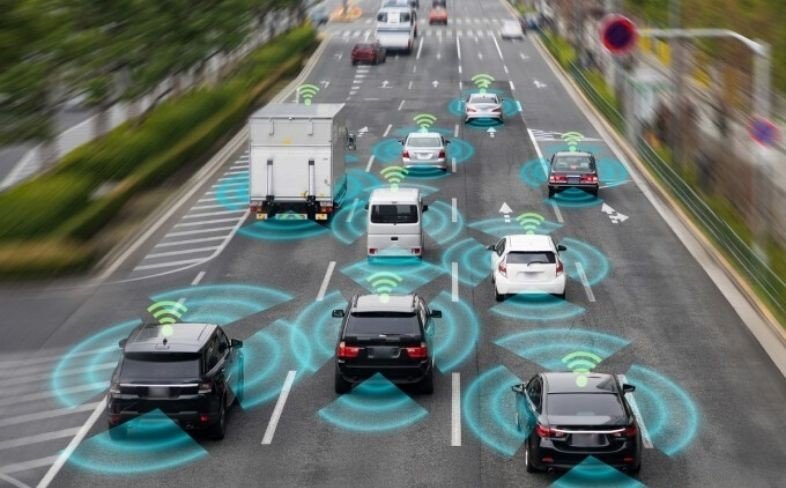The transportation industry is on the cusp of a revolution, thanks to the groundbreaking advancements in artificial intelligence (AI). AI-driven technologies are paving the way for autonomous mobility, promising safer, more efficient, and environmentally friendly transportation systems.
One of the most remarkable AI applications in transportation is the development of autonomous vehicles. These self-driving cars are equipped with sophisticated sensors, cameras, and AI algorithms that enable them to perceive their surroundings and make real-time decisions. Through machine learning, these vehicles continuously improve their driving capabilities by learning from vast amounts of data collected from various road conditions and scenarios. As a result, autonomous vehicles have the potential to drastically reduce the number of accidents caused by human errors, which are responsible for a significant portion of road accidents today.
The integration of AI in traffic management systems is another transformative aspect. Traditional traffic lights often work on fixed timers, leading to traffic congestion during peak hours. AI-powered traffic management systems, however, can analyze real-time traffic data to dynamically adjust signal timings based on current traffic conditions. This smart approach to traffic control can ease congestion, reduce commute times, and minimize carbon emissions by optimizing the flow of vehicles on the roads.
Beyond individual vehicles and traffic signals, AI’s potential impact on urban planning and transportation infrastructure is significant. As autonomous vehicles become more prevalent, the need for vast parking spaces might diminish. This development could free up valuable urban space, allowing for the creation of green areas, public parks, or even additional lanes for bicycles and pedestrians. Moreover, AI can be leveraged to optimize public transportation routes and schedules, making them more efficient and appealing to commuters, leading to increased usage of public transit and reduced traffic congestion.
However, as we embrace AI in transportation, we must address several challenges. Ensuring the safety and reliability of autonomous vehicles is of paramount importance. Stricter regulations and robust testing procedures must be in place to build public trust in these new technologies. Moreover, we must consider the potential impact on employment, as the widespread adoption of autonomous vehicles may disrupt the job market for professional drivers.
In conclusion, AI is paving the way for an exciting future in transportation. From self-driving cars to AI-driven traffic management, these technologies hold the promise of safer roads, reduced congestion, and more sustainable transportation systems. Nevertheless, we must approach these advancements with a balance of enthusiasm and caution to ensure that the benefits of AI in transportation are realized while mitigating potential challenges.





